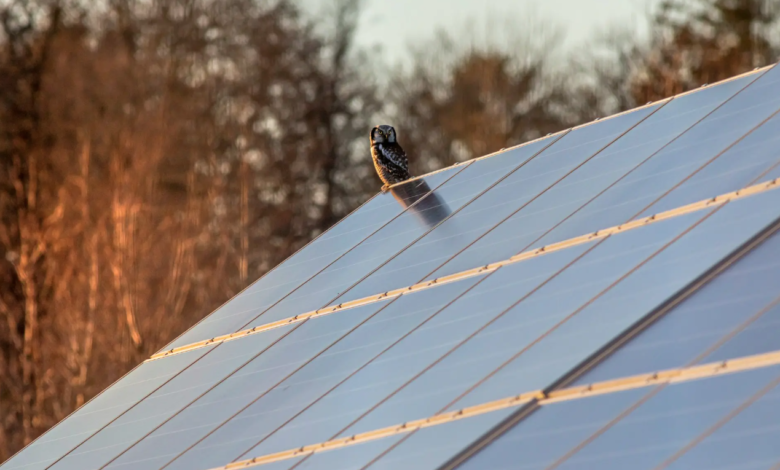Solar energy in buildings, what does the green homes Directive demand?

Solar energy in buildings, new EU obligations from 2026
– Efficiently exploit the potential of photovoltaic and solar thermal systems. This is one of the sub-objectives contained in the new Directive on the Energy Performance in Construction (EPBD), also known as the Green Homes Directive. The measure reached its last stages of the legislative process after the Strasbourg ok – only the vote of the EU Council and the publication in the European Journal – modifies existing rules in the European Union to gradually reduce energy consumption and emissions in the sector. Aiming for climate neutrality by the middle of the century. In this scenario, the EPBD Directive devotes a specific article to solar energy in buildings. Not only new buildings but also those under renovation. The twenty-seven, in transposing the law into national law, should establish criteria and possible exemptions for new installations, taking into account the principle of technological neutrality and the combination of these installations with other uses of the roof.
What does Green Homes 2024 provide for?
The Green Homes 2024 Directive requires all Member States to ensure that new buildings are designed to optimize their solar production potential based on the site’s solar radiation, enabling the subsequent installation of cost-efficient technologies. And relying on the new simplifications introduced by the RED II Directive for solar energy in buildings.
Installations must follow a precise timetable. The measure defines in fact a series of deadlines to integrate photovoltaic systems and solar type of property. Namely:
- by 31 December 2026, on all new public and non-residential buildings with a useful floor area of more than 250 m2;
- on all public buildings with more than:
- 2,000 m2 by 31 December 2027;
- 750 m2 by 31 December 2028;
- 250 m2 by 31 December 2030;
- by 31 December 2027, on existing non-residential buildings with a usable floor area of more than 500 m², if the building undergoes major renovation or action requiring administrative authorisation for building renovations, works on the roof or the installation of a technical system for the building;
- by 31 December 2029 on all new residential buildings;
- by 31 December 2029 on all new covered parking spaces adjacent to the buildings.
National plans for the renovation of buildings
The programmatic tool, right? National plans for the renovation of buildings in which EU countries must include policies and measures related to the installation of new solar systems in buildings. The Member States will of course also have to take into account the structural integrity and insulation of the penthouses and roofs. In transposing the obligations – reads – “A Member State may use the measurement of the surface area of the ground floor rather than the usable covered area of buildings, provided that it demonstrates that this corresponds to an equivalent installed capacity of adequate solar installations on buildings”.
Satisfied SolarPower Europe, the industry association, which commented on the approval of the European Parliament “The European Parliament has reached a huge milestone to accelerate the deployment of renewable energy, adopting the EU solar standard. From 2026 – said Jan Osenberg, Senior Policy Advisor at SolarPower Europe – the standard will require the installation of solar systems on roofs in a significant part of the European real estate park. It will put power in the hands of citizens and sanction the energy transition in the places where we sleep, work and live”.
Read here the adopted text,





